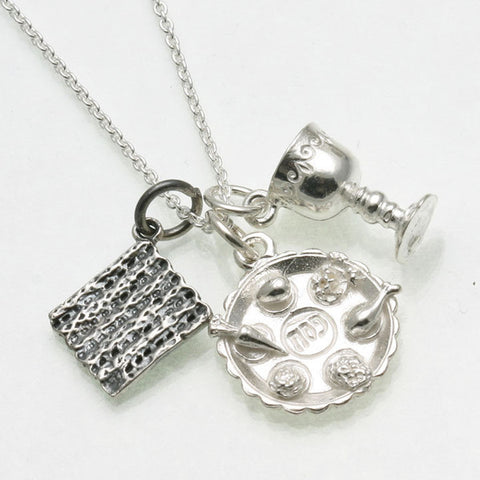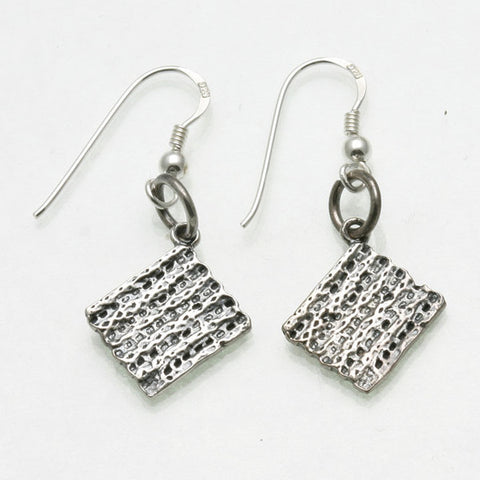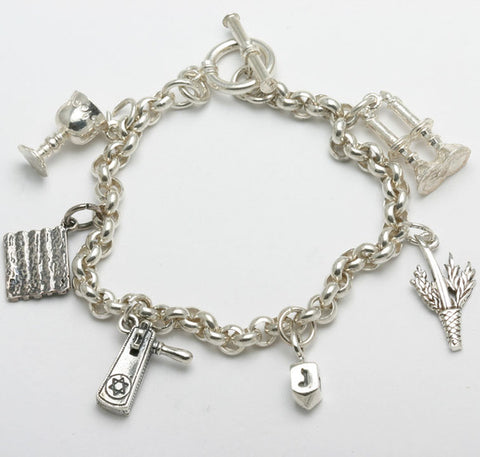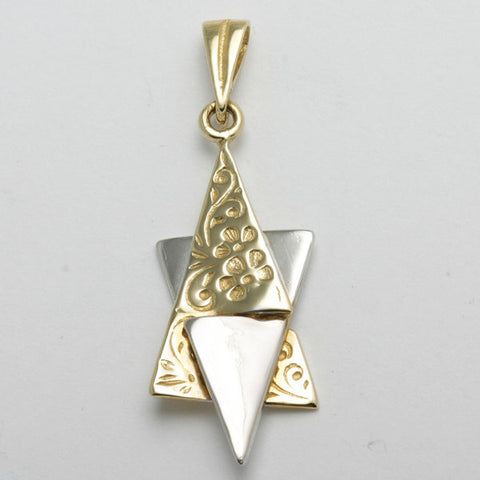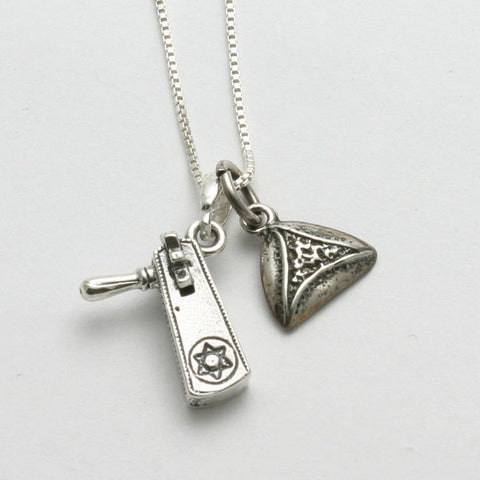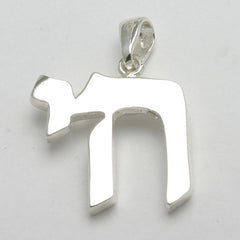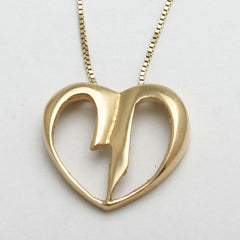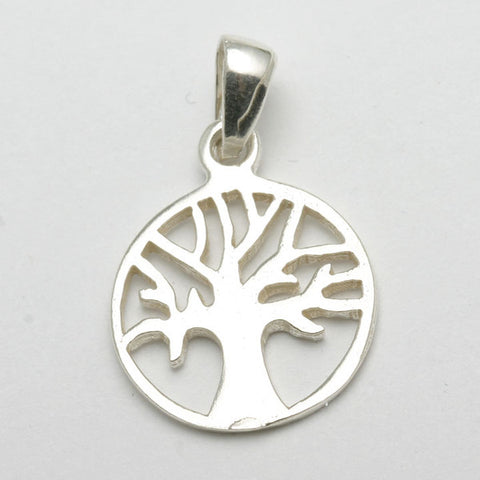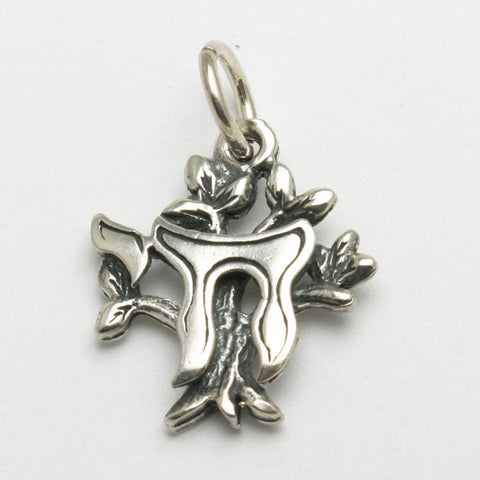The Jewelry Judaica Blog
What's New? It's Passover.
If there is a single event in Jewish history that defines the Jewish people as a nation, it’s Passover. On Passover we recount the events and lore surrounding the Exodus from Egypt of our ancestors. However, more than the story of the enslavement and redemption of our progenitors, Passover defines a historical and nationalistic transformation of a Semitic clan of monotheists into the Israelite nation.
Not surprisingly, the 1st of the Jewish month of Nissan, in which Passover occurs every year, is one of the four Jewish new years and the official start of the Jewish calendar year. The Torah explains that “This month will be for you the first of months. ” So while Rosh Hashanah marks the creation of the world, Nissan marks the creation of the Jewish nation.
Of course, Nissan also corresponds with springtime, marking a natural renewal. As the temperature warms, the rain falls and sun begins to shine, plants begin to bloom and animals begin to flourish again after the cold of winter (though in Los Angeles, cold winters are thankfully pretty warm).
It is a tradition among Jews to embrace the newness of this happy season with new clothing. In our family, we always got something new, sometimes it was something white to wear to the Seder. Other times it was just an addition to our daily wardrobe. In any case, it was a symbol of the newness of the season and the importance of the Passover experience.
You can continue this tradition with a timeless piece of Judaica jewelry. In the spirit of springtime and Passover, we selected a few appropriate jewelry items to mark the season. We hope you enjoy them.
Apply coupon code ‘Passover2014’ for 20% off any purchase made by 4/22/14!
Seder plate, matzah and kiddush/Elijah's cup charm necklace in silver.
Eat, Drink and Be Merry. And Get Drunk. It's Purim.
Some people say that Jewish history can be summed up as the following: “They tried to kill us. We survived. Let’s eat.” While an over-simplification and not always the case, this statement certainly holds true for a lot of holidays. Passover. Hanukkah. Purim.
Well, maybe not Purim. Perhaps Purim’s theme is more like “They tried to kill us. We survived. Let’s eat and get wasted!” In fact, Purim is the only holiday in which Jewish law explicitly encourages getting drunk. We do this to help celebrate the fortunate events surrounding the story of The Book of Esther, which incidentally also involved a lot of drinking and partying.
So unlike any other times during the year, Jews are actually encouraged to drink until they cannot tell the difference between the story’s villain (Haman) and the hero (Mordechai). Here is a concise summary of Purim and its customs. The bottom line is, if you are a happy drunk, have a few [extra] drinks this coming Purim to celebrate.
---
At Jewelry Judaica, we love Purim. It’s a great time to give gifts to those you love or to the less fortunate. These “mishloach manot” are typically food and drink goodies to help other people celebrate on Purim. However, since we are not in the food and drink business, we’ll show off a few of our Purim themed jewelry items that can also get people in the Purim spirit:
Noise and Food. Grogger and Hamantashen. Two of the reasons kids love Purim.
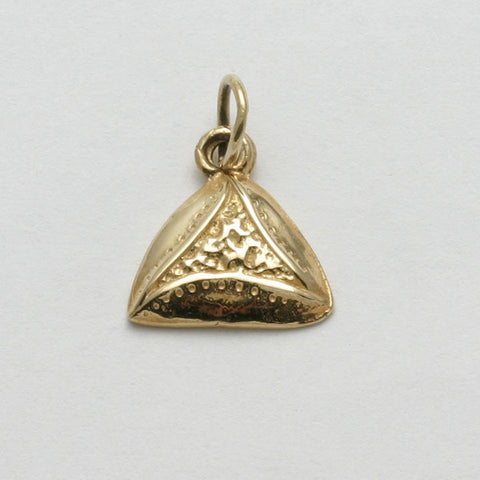
Traditional hamantashen cookie made especially delicious!
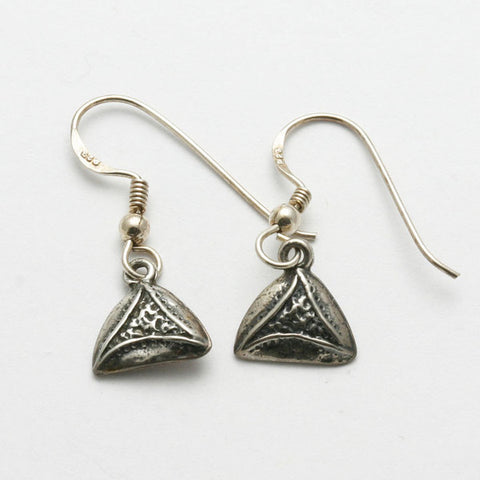
Silver hamantashen cookie earrings are tasty too!
To Life 101
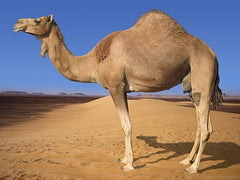
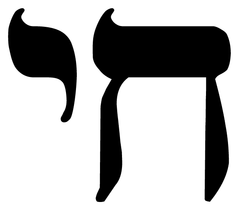
 Elvis wearing a chai pendant
Elvis wearing a chai pendantHappy New Year! (It's Tu B'Shvat)

...
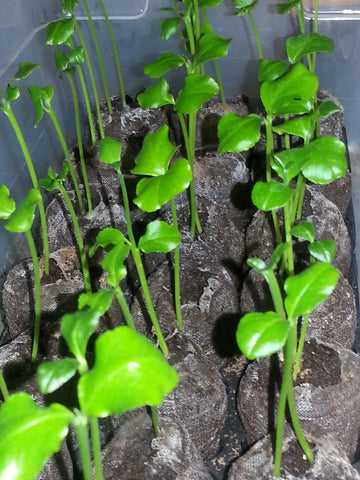
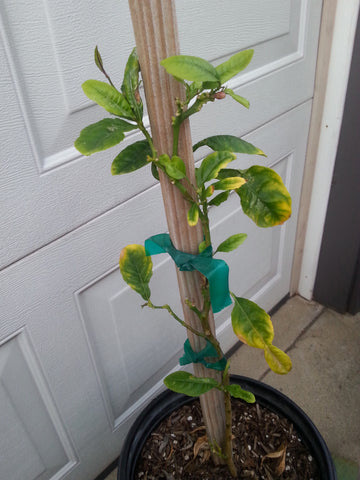
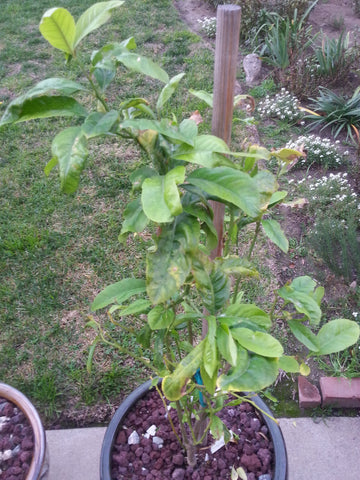
Happy 2014 from Jewelry Judaica!
We are so excited to kick of 2014! As many of you know 2013 was our first calendar year running Jewelry Judaica.com. As with any new venture there were ups and downs and lots of learning involved but we had a great time and got to know some wonderful people in the process. We are very excited to take on 2014, and have a long list of improvements, promotions and new products that we can’t wait to share with you!
Here is a sneak peak at our exciting rose gold and diamond line. We will have several pendants available for purchase before the end of January!

As always, we love to hear your feedback. So if there is a particular item that you are looking for, a suggestion for a product or an improvement on the site, please comment below or send us an email (orders@jewelryjudaica.com). We want to make this the best buying experience for you, so don’t be shy! Our customers are our number one priority and we would love to hear from you.
And with that, we would like to give a big thank you to all of our customers. We hope you were happy with the items that you purchased and look forward to working with you again.
Wishing you a happy, healthy, prosperous 2014!
- The Jewelry Judaica Team
The Gifts That Make Memories Are The Best Gifts
When I was a young boy of 6 or so, my grandmother went on a trip to Israel. My father’s mother, she was an American Jewish lady and a west coast transplanted New Yorker. She didn't travel much, and if I had to guess, that trip was her first and only one to Israel. On her return, she must have filled half her suitcase with souvenirs, most of them for me, her only grandchild at the time old enough to appreciate gifts. So while it was always a treat to see her, this time was extra special. I can clearly remember what she brought back because each gift left me with an enduring and positive memory.
My grandmother’s go-to gift was clothing, and naturally, she bought me a t-shirt. Normally I was less than thrilled when I got a stuffy button down or polo shirt, but this was a bright red t-shirt with two white silkscreened f-16 fighter jets on it and text that read: “Don’t Worry America, Israel is Behind You.” For a 6-year old boy, anything with a jet on it is pretty awesome, but this shirt was particularly special because it was from Israel and was tough as nails. You can believe that I wore that thing until I thoroughly outgrew it. In fact, I loved that shirt so much, I bought one just like it for myself years later as an adult.

The shirt was similar to this one
Another gift was a set of three olivewood carved camels – a mother and two babies. Now I’ve never actually seen camels in Israel but I hear they have them somewhere. In any case, kids love animals and naturally, I loved those camels and displayed them in my room with pride. I still have them.
Another gift from that trip was the leftover Israeli money my grandmother had on her when she came home. This was another go-to gift that people seemed to give me when I was little. I have a whole box somewhere of the spare change left over from other people’s foreign travels. This time, it was a few coins and a 1,000 shekel bill, so clearly I was rich now. Mind you, this was before Israel switched to the 'New Shekel' so 1,000 shekels wasn’t actually very much money. In fact, when Israel switched to the new shekel in 1986, the conversion rate from old to new was 1,000 to 1. But 1,000 is a big number to a little kid and the portrait of Maimonides on the bill made it look mysterious and important.
Big money for a little kid
However, the most special gift my grandmother gave me from that trip was a small gold mezuzah pendant on a gold chain. It was a simple design suitable for a young child and I loved it. It was probably the most valuable object I ever held and I couldn't believe it was mine. I wore that chain proudly for a long time. I still look at that old mezuzah sometimes and think of my grandmother, who is no longer with us, and what a meaningful gift it must have been for her to give her only grandson a precious and enduring symbol of his heritage.
The pendant my grandmother gave me
Of course, the real value of the mezuzah, like the other items, was the lasting memory and warm sentiment it created. Obviously, a little kid doesn't think that way, but when that kid grows up and looks at these things and thinks of them, he remembers his grandmother’s smiling, loving satisfaction at making him happy. Those are great memories to cherish.
Now, many years later, I find myself in a family business that makes mezuzahs and other Judaica pendants, just like the one I got almost 30 years ago from my grandmother. When we sell a piece of Judaica jewelry, we hope we are helping, in a small way, to create these kinds of memories. We would love to hear stories from our readers about what getting or giving a special gift meant to them. Please feel free to share any stories here.
A Taste of Israel
A country just slightly largely than the state of New Jersey, Israel offers more than one can imagine. Beaches, hiking, breathtaking waterfalls, art, unique agriculture, exquisite food, shopping, a diverse culture, and the center for three of the world’s largest religions are only parts of what define Israel. To attempt to describe the country in a few paragraphs does not do justice to its richness, but here’s a small taste:
Tel-Aviv, the second most populous city in the country located on the Mediterranean coast, is the country’s economic hub, and has been recognized among the world’s top 10 party towns. When I’m visiting Tel-Aviv, I’m never short of what to do. I start my day with my favorite coffee from Café Aroma and make sure to spend time at the beach, either with friends or making new ones. Speaking to a random stranger in Israel is considered normal; I feel as if I have friends and family surrounding me at all times.
Approximately a one-hour drive away is Jerusalem, which is considered by many to be the holiest place on earth. One can spend a lifetime exploring the thousands of years of history of the city. According to the Bible, Jerusalem is the place where Abraham sacrificed Isaac. Jews and peoples of other religions flock to the Old City in Jerusalem to pray at the Western Wall – the last remnant of the Jewish Second Temple destroyed in 70 CE. The Dome of the Rock – built upon the Jewish Temple Mount – is a sacred place of worship in Islam. Also, the Church of the Holy Sepulchre has been one of the most important places of pilgrimage for Christians.
The spirituality that permeates Jerusalem is intoxicating. When I walk down the narrow, windy roads of the Old City, I think of my great grandparents all the way back to my ancestors in the Bible walking upon the same ground and same stones, and realize I’m living history. Upon arriving at the Western Wall, I take a deep breath, and just look in front of me; feelings of calm, peace, and oneness overtake me. This is the place where my ancestors have prayed and cried for thousands of years, I think. This is the place where the presence of G-D is more accessible. This is home. Sometimes I cry when I approach the Wall, and other times, I just feel fortunate and happy to be in its presence.

In the South of Israel lay the resort city Eilat, boasting beautiful beaches and archeological sites. A close drive from Eilat is the lowest spot on earth – the Dead Sea. The body of water, located on the edge of the Judean desert, contains the highest concentration of salt in the world. The Sea is also known for its therapeutic benefits, including pain relief. During my first visit to the Dead Sea when I was about 12 years old on a group trip I was taken aback; I realized I was actually floating on water! That same day we hiked in Ein Geidi, an oasis in Israel. When we arrived at a waterfall, we all jumped in, and I simply didn’t want to leave.
Travel about five hours north to reach the ancient city of Safed – the highest city in Israel. I had family living in Safed dating back hundreds of years, and each time I arrive in the city, I feel my heart almost skip a beat. Safed was and continues to be the center of Jewish mysticism and was home to many of the greatest Kabbalists in history, including Rabbi Issac Luria, also known as the “Ari.” In Safed I don’t feel the need to search for activities to do – I can simply walk around, get lost among the narrow roads, and just be. Watching some of the most breathtaking sunsets in Safed, I literally felt as if heaven was kissing earth.

Israel, aside from its unique tourist attractions, and historical, cultural, and religious significance, is also a hub for high-tech businesses, cutting-edge technology, health research, start-ups, and the list goes on. I feel fortunate to have been able to visit and travel around Israel on many different occasions and on a variety of organized group trips. Thankfully, there are many different types of trips available to Israel for people of all backgrounds and ages. Taste it for yourself.
What The Hamsa Means To Me
Years ago my best friend's mom gave me a beautiful, sterling silver hamsa necklace before I was about to embark on a trip to Israel for the year. "This is for you, to safeguard you during your travels," she said. I was overjoyed by the generous gift, and already felt safe. The hamsa would stay around my neck at all times as a source of protection.
The hamsa pendant my friend's mother gave me looked just like this one.
As a Jew of Middle Eastern descent, I have always felt a special connection towards the hamsa − an amulet shaped like a hand, with three extended fingers, and believed to provide good luck. The hamsa can be decorated in a variety of ways and take many forms. Some contain images such as the Star of David or an eye, and others may include blessings for success, happiness, and for the home, or prayers for travelers and the ill. They can be found on necklaces, bracelets, earrings, key chains, T-shirts, adorned on the walls of homes, and more.
This is a beautiful example of a hamsa pendant.
My personal connection to the hamsa made me wonder - what is the ancient's amulet's significance and origin? When I began to delve into to the topic, I was surprised to find little about the now popular icon. The hamsa symbol can be traced back to ancient Mesopotamia, now modern day Iraq. Hamsa means five in Arabic (also related to the Hebrew word for five, hamesh), representing the five fingers. It has served as a source of protection for many societies and religions throughout history. In Islam it is known as the hand of Fatima, with the five fingers representing the five pillars of Islam. Some Christians refer to it as the hand of Mary, and in Judaism, the charm is referred to as the hand of Miriam. Many people of the Middle East believe it provides protection against the "evil eye." In Judaism, the evil eye represents traits of haughtiness, greed, and jealousy. According to Jewish mystical sources, the evil eye contains a destructive energy originating from jealousy.
Contemporary and yet classic.
Regardless of whether or not the hamsa does ward off negative forces in the world, its ancient roots and symbolism continue to speak to me. Judaism teaches that people should strive to view others with a "good eye," or in a positive, non-judgmental fashion. Alternatively, those who look at others or even objects with an "ungenerous" eye can create a vessel for the negative forces of the "evil eye" to prevail, according to Jewish mystical sources. When I wear my hamsa today, I do not only feel that I am wearing a protective amulet; I am reminding myself that I should strive to possess a "good eye," see the best in others, and bring positive energy to the world.

Red is a color commonly associated with warding off the evil eye. This hamsa has a 'good eye' motif.
Welcoming a New Jewish Year and New Opportunities.
Tonight, once again, the Jewish People will celebrate the start of a new calendar year. According to Jewish tradition, tonight marks the 5,774th anniversary of the creation of the world. More specifically, it is said to be the birthday of the first people, Adam and Eve.
Philosophically, this is an important distinction in that the creation of mankind, not trees and animals, saw the creation of free will on Earth. Only man can truly analyze and choose his path in life. We can choose to believe in the divine or deny its existence. We can choose to compromise with our fellow man or quarrel with him. We can choose to be make the most of life or not make anything of it. Regardless of what happened last year, Rosh Hashanah represents an opportunity for each of us to start fresh and use our free will to make better decisions for the next year.
A tradition for many at tonight’s meal is to eat the head of a fish with the hopes that we will “be as the head and not the tail;” to be leaders and thinkers, not followers. This coming year, may we “be as the head and not the tail,” making good and positive choices for ourselves, our families and our communities. We hope it is a sweet year for all of you. Shana Tova.
From Mourning to Joy
The Jewish fast of the 17th of the Jewish month of Tammuz (June 25, 2013) began a three week period of Jewish mourning that culminates in the fast of the 9th of Av (July 15-16, 2013). This day represents the anniversary of several catastrophes that have befallen the Jewish people, most notably the destruction of both Holy Jewish Temples in Jerusalem. It is as if the day was cursed by God. Yet an interesting phenomenon occurs less than one week later, on the 15th of Av (July 22, 2013): the holiday of Tu B’Av occurs and is one of the most joyous days of the Jewish calendar.
The holiday kicked off the start of the grape harvest during the Second Temple period and was a time of dancing, matchmaking and finding love. It is a little known holiday, all but forgotten during the millennia following the destruction of the Second Temple. Yet so happy is this little known holiday that the Talmud, the central text of Judaism’s Oral Law, places it on the same level of greatness as Yom Kippur.
With a modern resurgence, the holiday has become a very popular day for love in Israel. Like Valentine’s day in the U.S., it is a regular work day that transcends religious observance. It is also a very popular day for weddings.
Naturally, this holiday is right up our alley here at Jewelry Judaica! While any day is a good day to show love, Tu B’Av is a great day to show affection to the one you love. To help you show a little more love, we are offering 20% off any order of $50 or more with coupon code AHAVA13 (valid through July 31, 2013).
To learn more about Tu B’Av, visit the Jewish Virtual Library.
Jewish Wedding Rings
Top 7 Best Selling Jewish Wedding Bands
1. 4.5mm Ani Le Dodi Engraved band
This is one of our narrower, lighter Jewish wedding bands that is particularly popular with the ladies, its 4.5mm width makes it versatile enough to stack next to an engagement ring or other bands. There is also an oxidized and diamond version available!
2. Ani Le Dodi Cut out Jewish Wedding Band
This classic Beloved Wedding Band design has the quote "Ani Le Dodi V'Dodi Li" written in a beautiful Hebrew font. The letters are bordered by a gold bar and the space around the letters is cut out. While technically not kosher by Orthodox standards, this is still one of our most popular designs for anniversary gifts, vow renewals and weddings! Popular in both yellow gold and white gold.
3. Zeh Dodi V'Zeh Rei Wedding Band
This is the only style Jewish Wedding band that doesn't say Ani Le Dodi, it says Zeh Dodi V'Zeh Rei, which translates to "This is my beloved, this is my friend." This quote is also found in Song of Songs. While its not the traditional wedding vow that is said at a Jewish wedding, its a beautiful quote that is popular both in the all yellow gold and blackened gold versions!
4. Raised Letter Thick Ani Le Dodi Jewish Wedding Band
This thick and chunky Ani Le Dodi wedding band isn't for the weak fingered. Its solid gold and has a textured finish with raised letters that say "Ani Le Dodi V' Dodi Li. This beautiful ring is a favorite for men but also regularly worn by women, and don't forget to check out the diamond version for some extra bling!
5. Ani Le Dodi Band with Ridge
This is one of our newer designs that has won many hearts. The ridged edges are the same height as the raised letters that spell out Ani Le Dodi Ve Dodi Li. The background has a textured finish and the ring is quite solid but very comfortable to wear. Its available in white and yellow gold, as is the narrower 5mm version that you can see above. Makes a great matching set for husband and wife!
6. Scalloped Blackened Ani Le Dodi Wedding Band
This 7.5mm Ani Le Dodi band has a nice flowy scalloped design. The border and letters are the same height and the background is lower. The background has a blackened finish which really makes the letters pop. Its a more unique design and is very comfortable to wear!
7. Banded Ani Le Dodi Wedding Band
This is one of our most classic designs, with raised letters and an elegant Hebrew front. This unisex design is very popular with both men and women in white and yellow gold. Its solid and comfortable and the letters have a very smooth finish.
-------------------------------------------------------------------------------------
June is considered the kick off to wedding season, so what better time to learn a bit about Jewish wedding bands.
The traditional Jewish wedding ceremony includes the gifting of a simple, unadorned gold band from the groom to his bride, accompanied by the groom’s words: “You are hereby consecrated to me, with this ring, according to the law of Moses and Israel.” Technically, the groom need only give the bride a gift of some small value in order to marry her but tradition has agreed upon a ring. The continuity of the ring represents the hope for an everlasting marriage.
At many modern Jewish weddings, the bride also chooses to give a ring to her husband at some point during the ceremony. While this is not permitted in most Orthodox ceremonies to avoid the impression that there was a trade of goods between the bride and groom rather than a gift, it is permitted in Conservative and Reform ceremonies.
In recent years, many people have been looking past the plain gold band for something more interesting, and wedding bands featuring biblical and spiritual quotes have gained popularity. In these bands, the letters of the quotes wrap around the finger to echo the continuity of the shape of the band itself.
Of course, check with your rabbi to see if you may use such rings under the chuppah! Even if you can’t, these make wonderful gifts for yichud (bride/groom seclusion after the ceremony) and are very popular as anniversary gifts or for renewing wedding vows.
Our handmade Jewish wedding bands come in 14k yellow and white gold in all different designs and finishes. We have some stunning styles featuring diamonds as well. Many couples like to have matching bands, some of our styles come in different widths, different colors of gold and with/without diamonds. If you and your partner can't agree on a style, you can still match without getting the same exact ring.
The most popular quote placed on these bands is אני לדודי ודודי לי from Song of Songs 6:3. It means "I am to my beloved as my beloved is to me." Other quotes include “Harei at mekudeshet li,” which is the first half of the vow traditionally recited in the ceremony (“you are hereby consecrated to me”). Other quotes include Ze dodi v'ze re'ei, “this is my beloved, this is my friend,” Tehiye nafshi keshura benafshech, “my soul will intertwine with your soul,” and many more. What a beautiful and spiritual gift to give the one you love!
Here Comes Shavuot
Shavuot is approaching!
Shavuot, the Jewish “Festival of Weeks,” is also known as the “Holiday of the Giving of the Torah.” It is on this day, after seven weeks from the start of Passover, that Jews celebrate the giving of the Ten Commandments at Mount Sinai.
Shavuot is one of the three pilgrimage holidays from the days of the Jewish Temple. On this day, Jewish pilgrims would bring their harvest offerings to Jerusalem. Among modern holiday observances, it is customary for Jews to eat dairy, study Torah all night and read from the Book of Ruth.
This year, Shavuot starts on the evening of May 14 and ends on May 16. Read more about the Holiday of Shavuot at Judaism 101.
Jewelry Judaica has listed new Ten Commandment pendant styles and has placed them on sale for a limited time. Check them out! We have also extended our ‘launch sale’ coupon code through 5/31. Apply it at checkout for additional 20% off.


